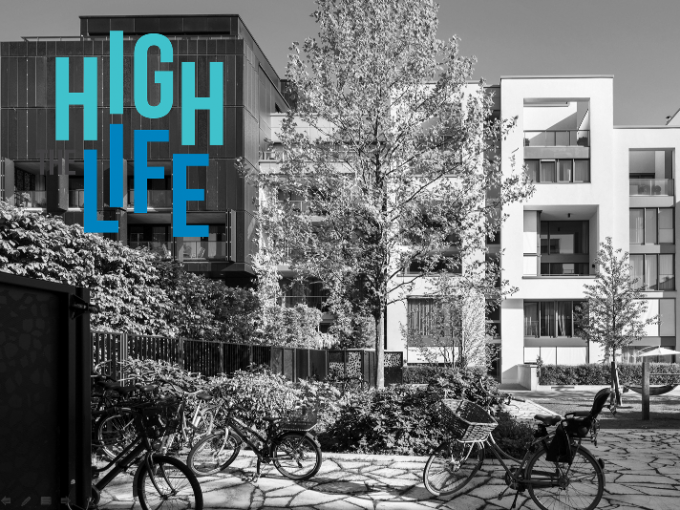City Know-hows

Target audience
Policy-makers, planners, developers, academics
The problem
Australia’s housing context has long been characterised by low-rise detached homes, but rapid population growth has prompted a recent boom in apartment construction. Apartment residents may be more vulnerable to the negative impacts of COVID-19 stay-at-home orders due to the distinct constraints and stressors of apartment housing, but empirical research on this population is scarce.
What we did and why
Our study adds to the literature on the health impacts of lockdowns by examining longitudinal changes in the health behaviours of Australian apartment residents. Participants (n=159) completed a survey between 2017-2019 and a follow-up survey in 2020 following a six-week national lockdown.
Our study’s contribution
Our results demonstrated that behaviours were both positively and negatively impacted. Residents reported increased walking for recreation, sleep duration, and home cooking frequency, but also reported decreased walking for transport and greater sitting time. Similarly, weight/BMI also increased.
An important strength of this study is the longitudinal examination of a cohort of apartment residents using data collected pre- and post- mandatory stay-at-home orders. Moreover, our study does not focus on a single outcome, but a wide range of health and lifestyle behaviours.
Impacts for city policy and practice
Given the likelihood of future pandemics, a renewed policy focus on apartment space and layout provisions that better facilitate home-based activity is required to mitigate the health risks of lockdown conditions for those living in apartments.
The findings underscore the importance of understanding the specific impact of the pandemic on different populations, including apartment residents, to inform public health policies and interventions.
Further information
Full research article:
Boxed in: changes in apartment residents’ health behaviours following the COVID-19 lockdown – a longitudinal cohort study by Alexandra Kleeman & Sarah Foster
Related posts

Through field observations, surveys with the residents, and interviews with decision-maker, we identified key variables that define food access in rural areas in Jordan, mapped access to food services according to the identified variable. and assessed food access in relation to land use regulations. Our work investigated frameworks governing the allocation of food service establishment locations, spatial requirements, integration into city masterplans, equitable distribution of food service types, and pertinent legislative frameworks.

Our study evaluates the reliability (consistency) of a local tool for measuring health determinants in public spaces, using a co-creation process with older adults living in care homes in Barcelona. It highlights the importance of inclusive urban planning and the varied perspectives of community members in enhancing urban health.

This comparative study of 10 cities across the globe aims to understand the major factors that drive the sprawl conditions and their impact on the outer edges of the cities. Land is a very potential natural resource that has been exploited over the past few decades. Migration of people in search of better living conditions has led to the formation of cities, which are deemed to provide better quality of life. However, the rate of influx has become very high, leading to saturation in cities and forcing people to move towards the outskirts.